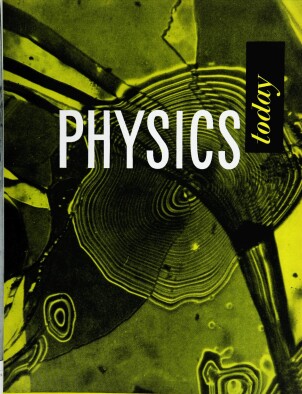Physics in the Signal Corps
DOI: 10.1063/1.3067477
The signal corps engineering laboratories at Fort Monmouth, N.J., in staff, facilities, and annual budget, may be placed among the country’s largest physical sciences laboratories. From a civilian staff of approximately 50 in 1930, a war-swollen peak of 14,800 was reached in 1943, largely resulting from the introduction of Army and Air Force radar as a combat weapon. The staff at present is slightly over 4000, of which approximately 1300 are professional scientists or engineers augmented by 75 highly trained officers and several hundred enlisted men. As the name implies, development of military gear under the purview of the Chief Signal Officer, Major General George I. Back, is the major responsibility of the organization. Most of this work is of an electronic type drawing heavily from all the physical sciences, and particularly physics. In addition to the major activity which is centered in the Fort Monmouth area, experimentation related to the prime tasks is spread throughout the U.S. and, in fact, to all the corners of the world through contract, field stations, and special task forces.
This article is only available in PDF format
More about the Authors
Harold A. Zahl. Signal Corps Engineering Laboratories.




